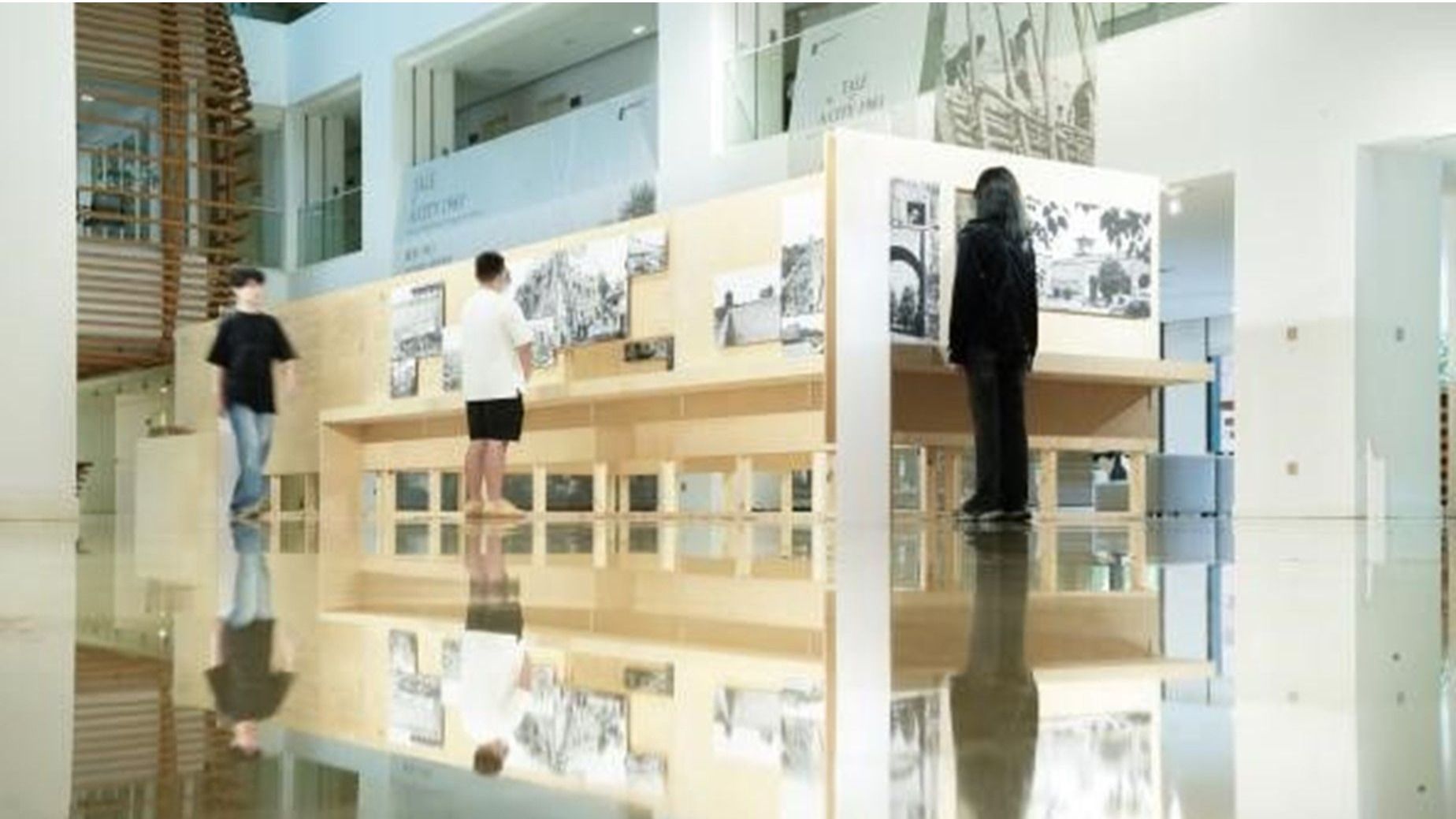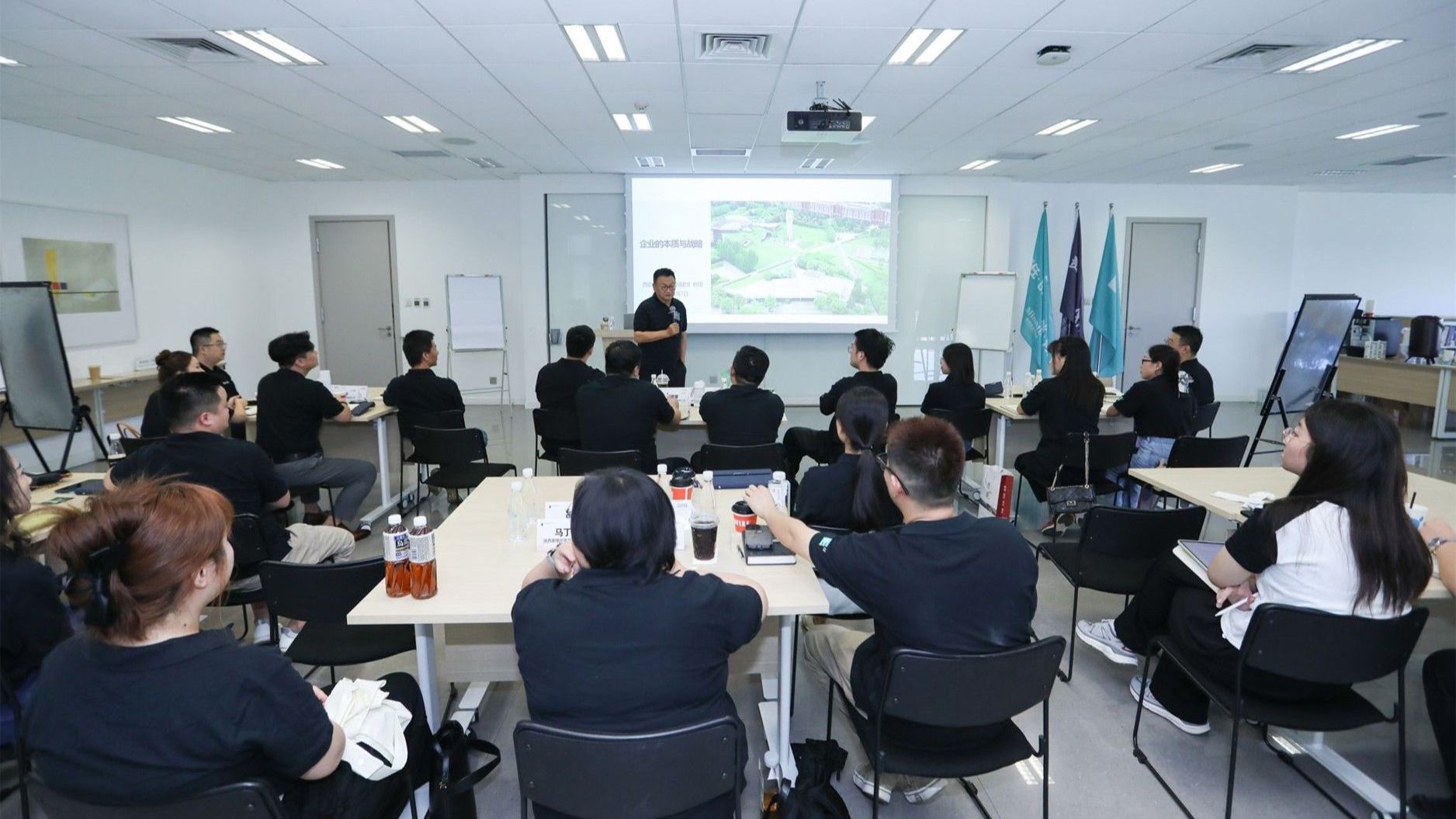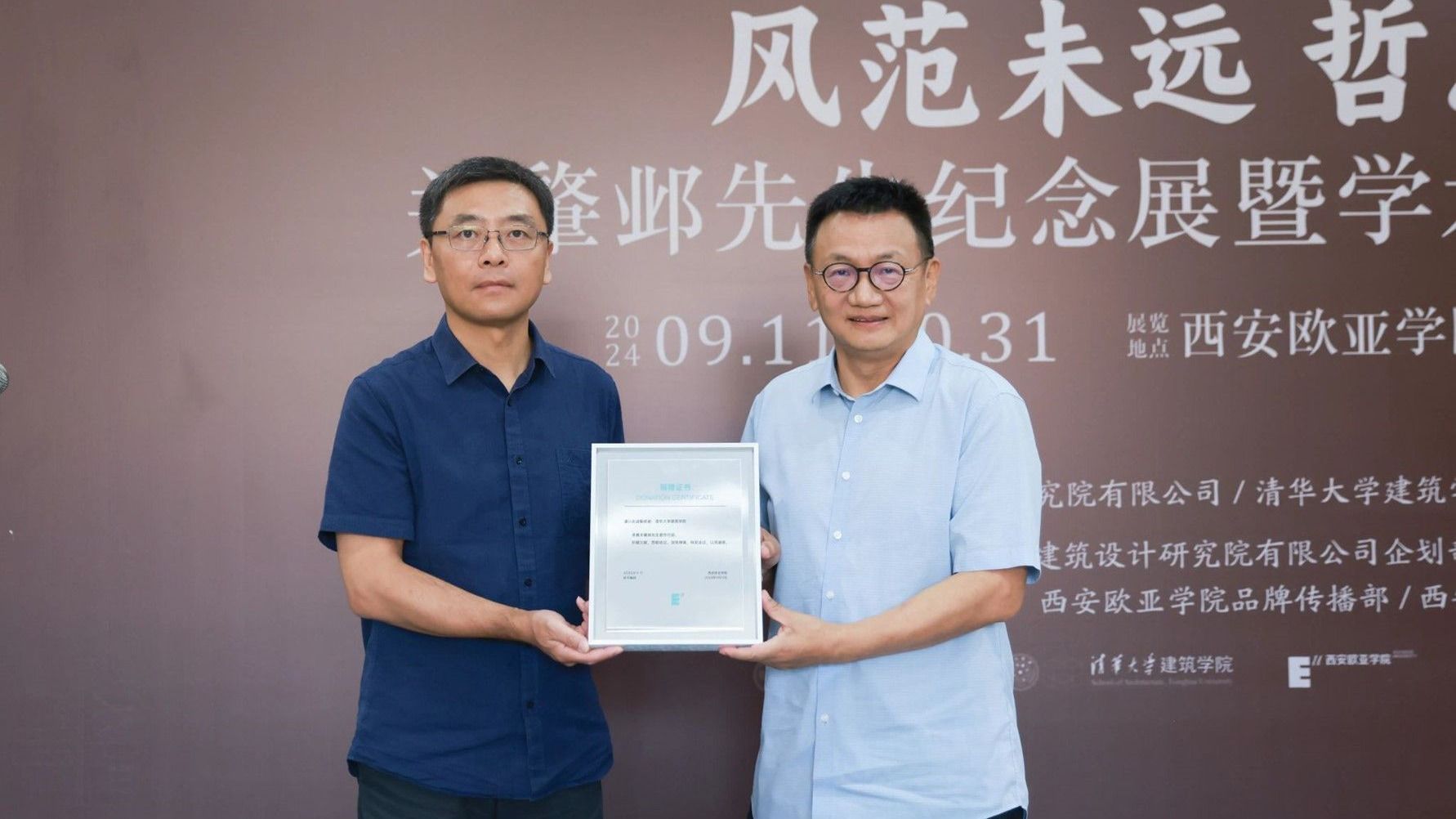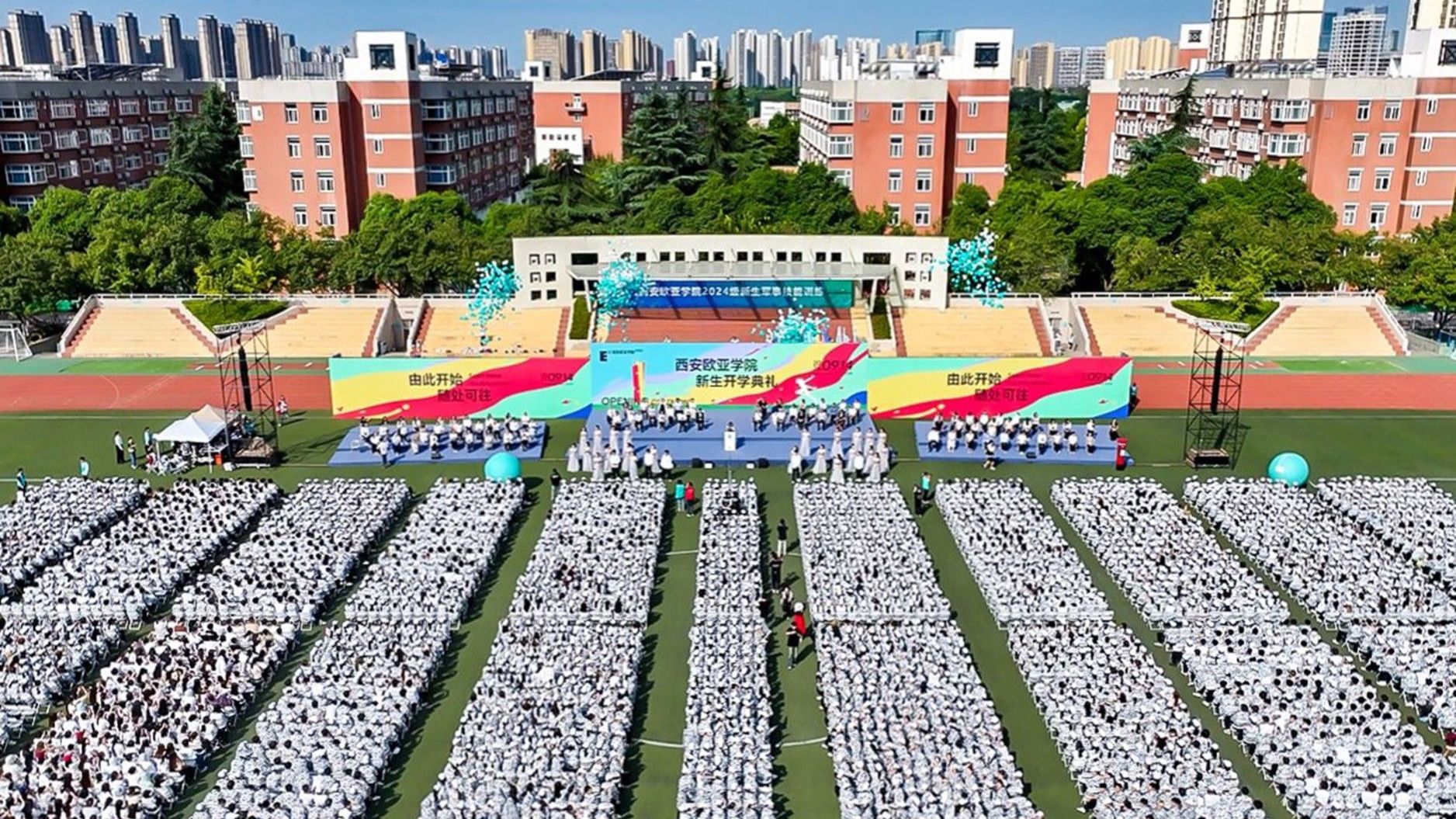Chinese culture has a long history. In the context of rapid changes in the modernization process, traditional culture still stimulates more creative inspiration, imagination, and thinking for people's work, life, and study. The China Pavilion, added after the new upgrade of the Museum of Design at Xi’an Eurasia University in November 2022, is a spiritual highland that connects history with the present and inherits and innovates fine traditional culture.
May 18 marks the 48th International Museum Day. We review with you the rich cultural energy and educational actions presented to teachers and students of Xi'an Eurasia University, the public and urban development in the display of collections, exploration of cultural innovation and public education activities over the past two years since the establishment of China Pavilion of the Museum of Design.
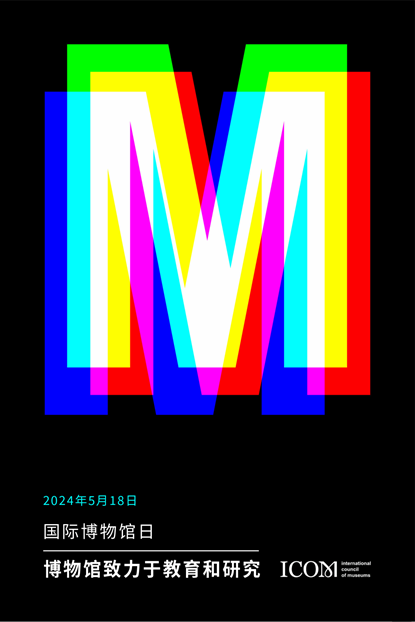
(Fig. 1) Main Poster of International Museum Day 2024
The theme of this year's International Museum Day, "Museums for Education and Research", highlights the critical role of cultural institutions in providing a holistic educational experience. Over the years, the Museum of Design has become an important aesthetic education venue in Xi'an that cultivates public curiosity, creativity and critical thinking, promotes barrier-free knowledge sharing, and innovatively tells stories of traditional culture.
01
Exploring the Spiritual Connotation and Origin and Development of Chinese Design from the Pre-Qin Period to Modern Times
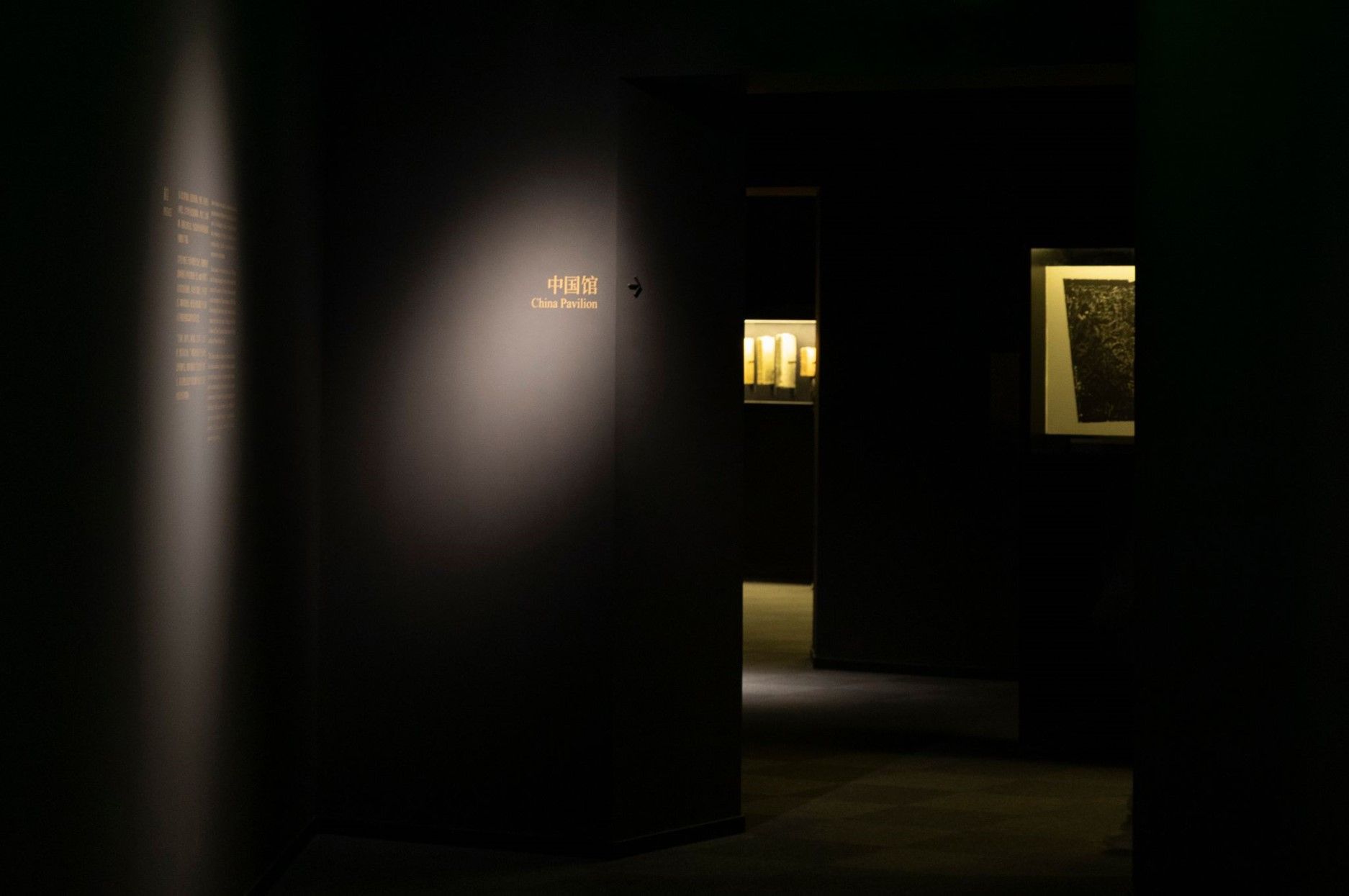
(Fig. 2) China Pavilion of the Museum of Design
Many visitors who step into the China Pavilion of the Museum of Design for the first time will find that the profound and tranquil space atmosphere here seems to take you back to the long course of history in an instant.
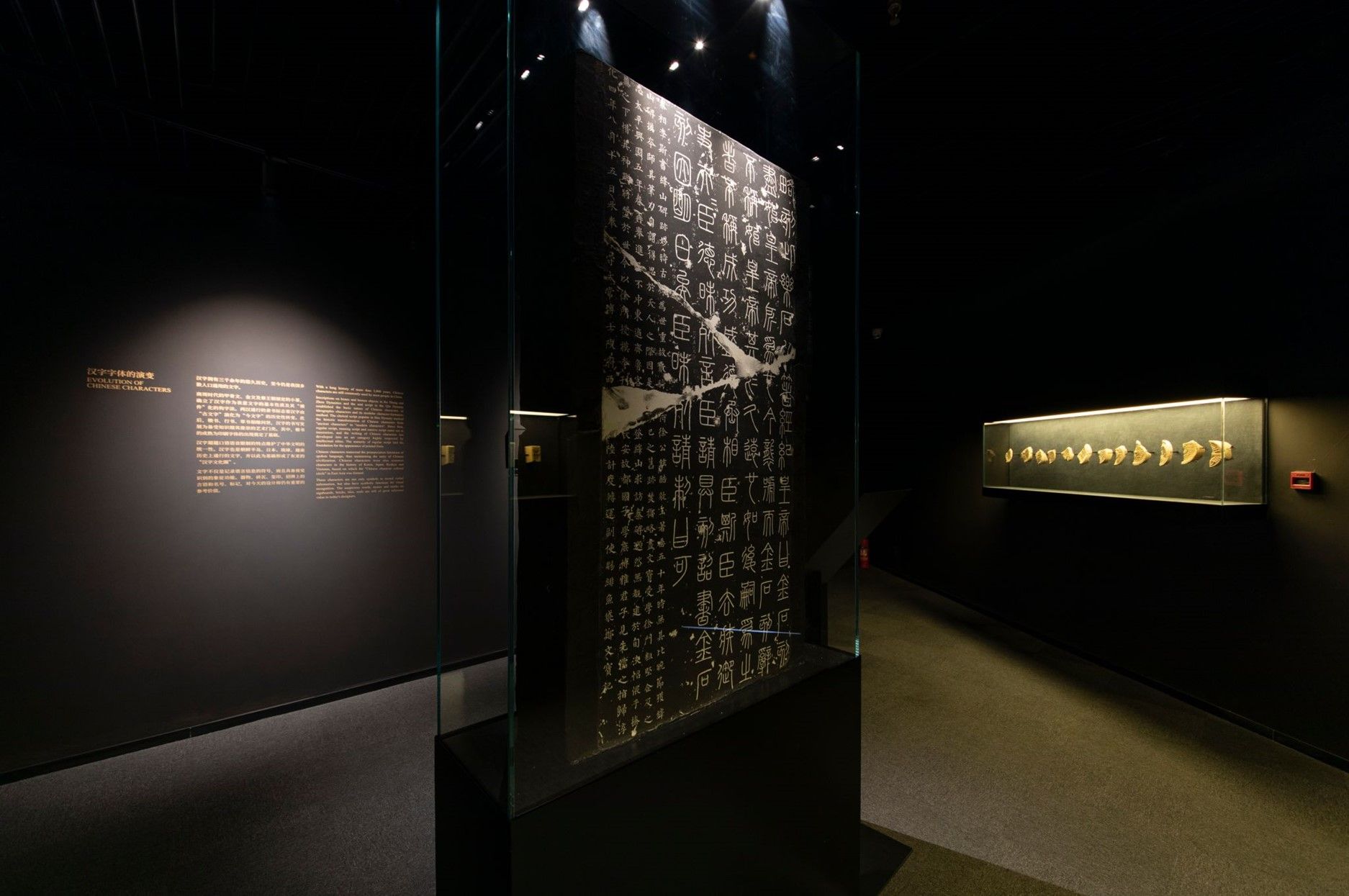
(Fig. 3) Rubbing of the Mount Yi Inscription, Qin Dynasty/The Copy of Zheng Wenbao of Northern Song Dynasty
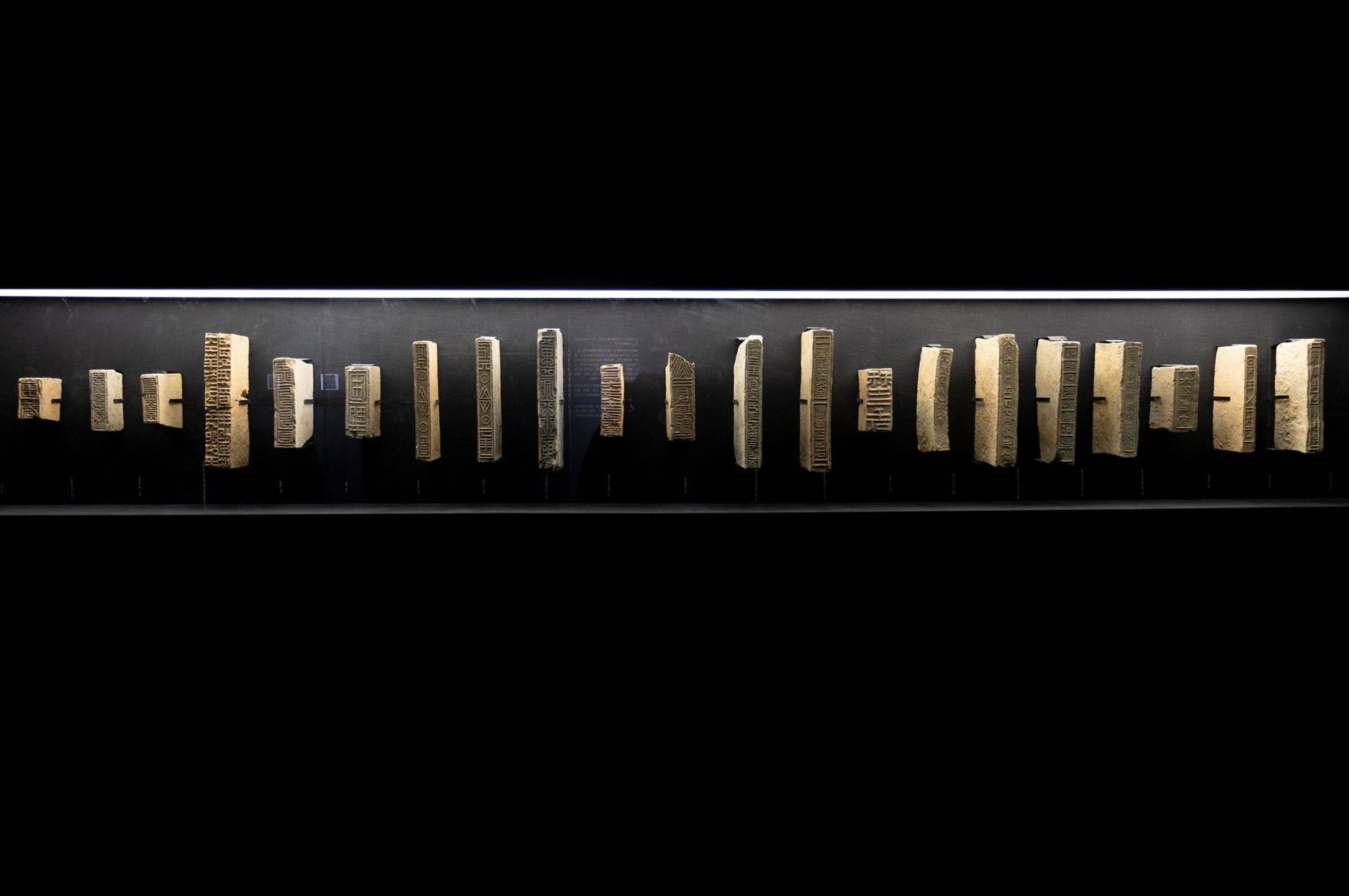
(Fig. 4) Han Bricks
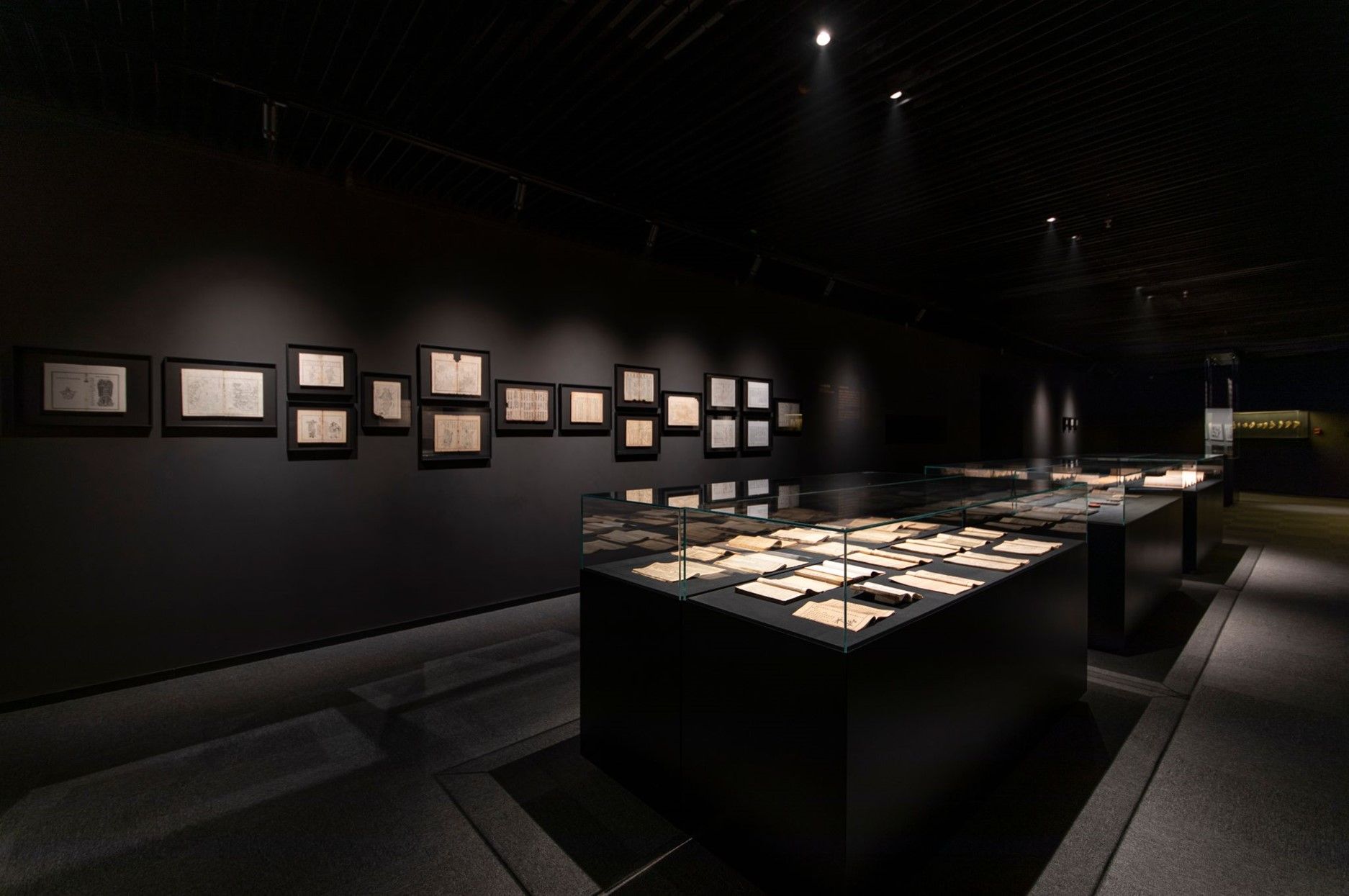
(Fig. 5) "Origin of Mass Communication" Unit
From pottery jars and rubbings in the pre-Qin period to painted hollow bricks and bone stick wooden slips in the Han Dynasty; from replicas of Diamond Sutra in the Tang Dynasty to patterned mirrors in the Jin and Song Dynasties, compasses in the Qing Dynasty and printing blocks in the Republic of China... More than 200 collections in the China Pavilion, based on the development of Chinese characters, showcase various media through which ancient people recorded and transmitted information before the invention of paper, the evolution of Chinese characters from pictographic to abstract, as well as various forms of content carriers such as woodblock printing, movable-type printing and printed editions under the development of printing technology. They reflect the origin and evolution of traditional Chinese characters and their carriers.
In addition, the fourth part of the China Pavilion, "The Rise of Modern Design", displays a wide variety of calendar posters, commercial posters, books, pictorial magazines and other collections from the 1920s to the 1930s. With the help of visual images presented by design elements such as images, colors, fonts and layouts, visitors can gain insight into the eclectic and innovative exploration spirit of designers during that period. Their unremitting efforts have laid the foundation for the development of modern Chinese design. Among them, the vast majority are personal collections of the famous director, Gao Xiaolong.

(Fig. 6) Design of Commercial Posters in Modern China
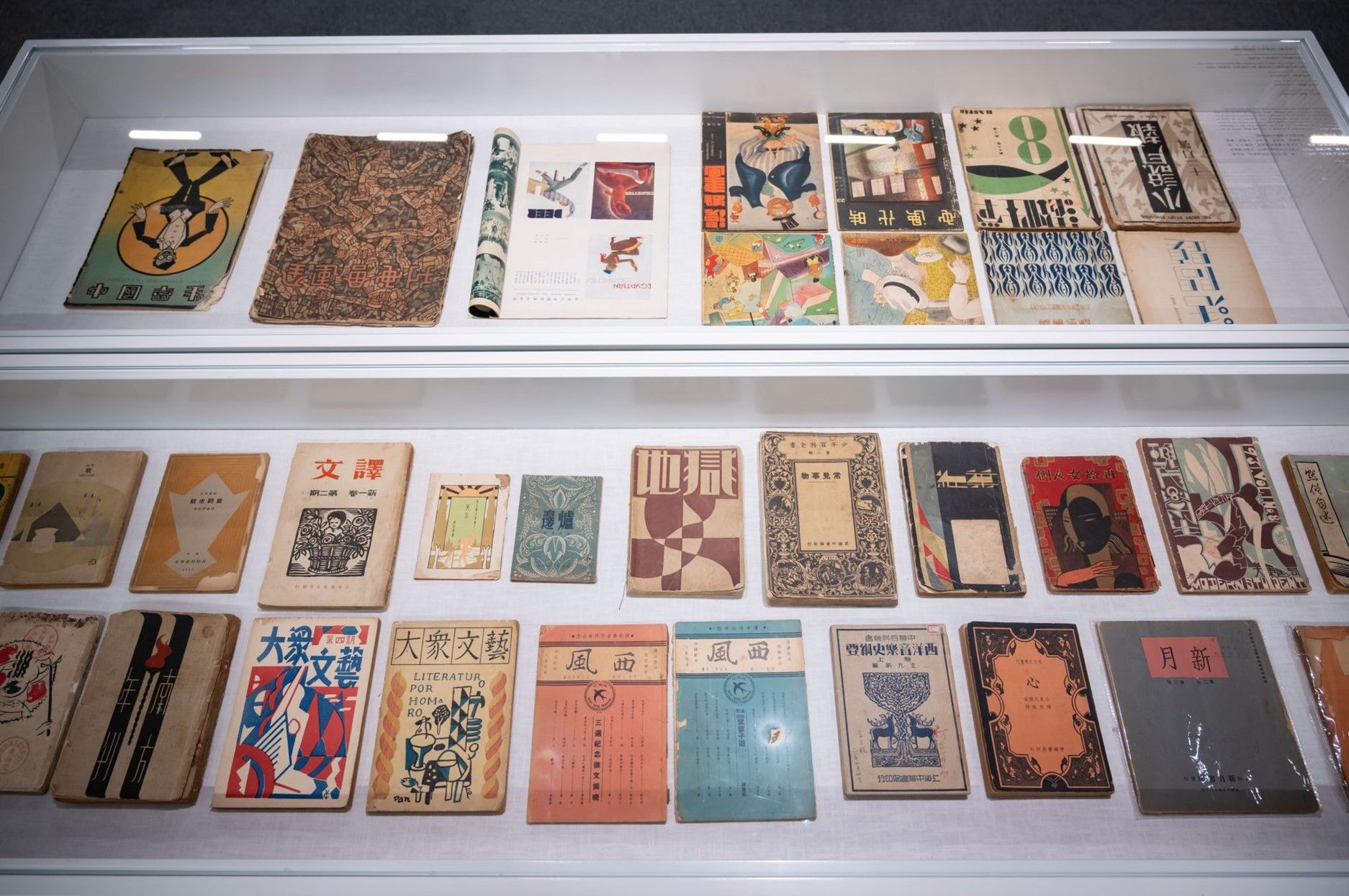
(Fig. 7) Pictorials, Books and Magazines in Modern China
Since the beginning of human civilization, information acquisition, processing and transmission have never stopped. As the carrier of information, written words have ended humans' fuzzy and limited way of recording events, making it possible for long-term and long-distance transmission of information. With more than four thousand years of history, the unique ideographic system of Chinese characters maintains the unity of Chinese civilization. Mr. Dang Sheng, Curator of the Museum of Design, believes that "the so-called cultural tradition must be something that has been inherited since ancient times and continues to impact contemporary social life. Chinese characters are our most precious cultural tradition. As the Museum of Design, it is more necessary to consider the problem of showing how designers process Chinese texts." This is also the original intention of the China Pavilion.
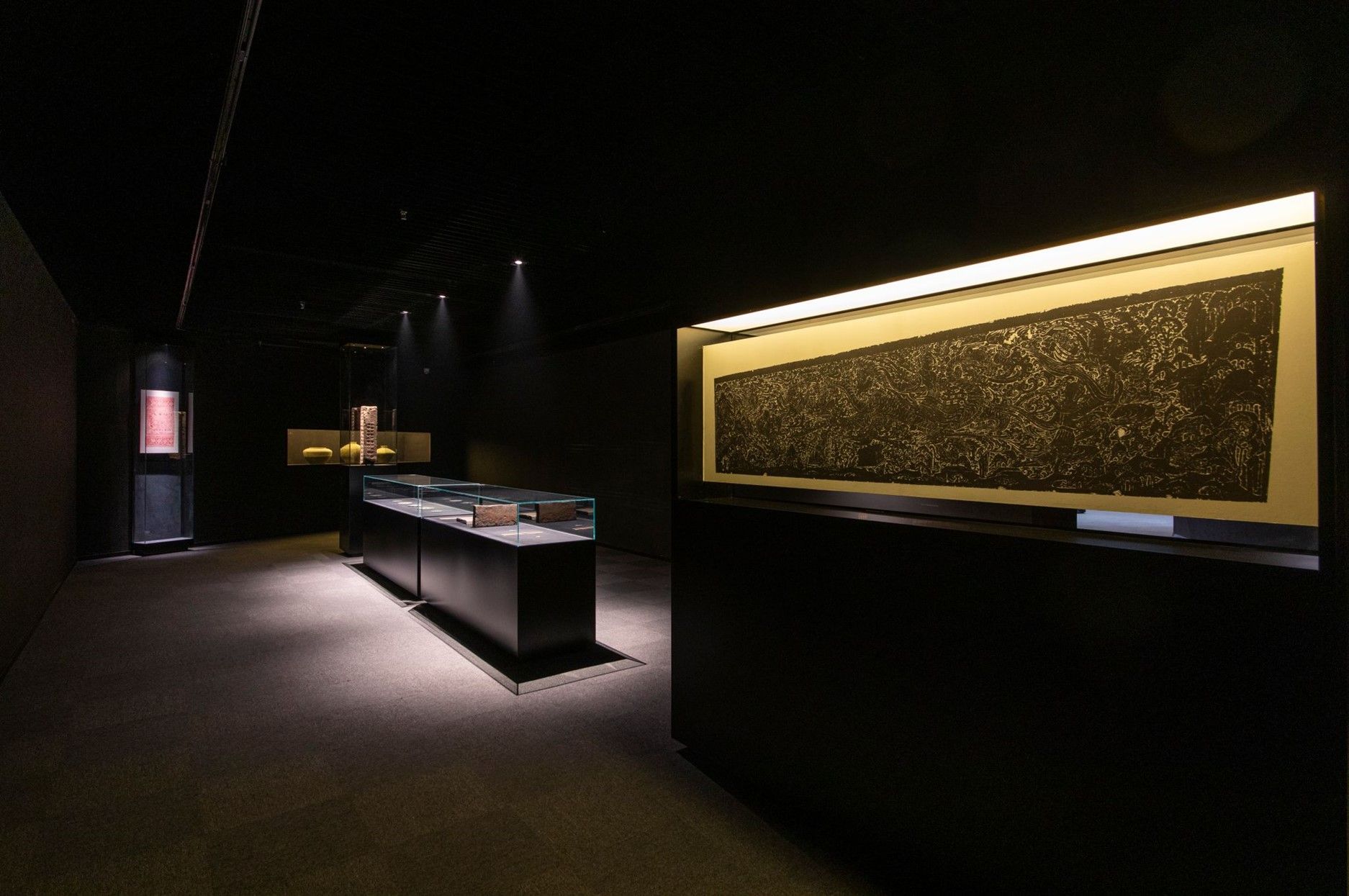
(Fig. 8) China Pavilion of the Museum of Design
Walking in the China Pavilion, the interplay of light and shadow reveals that the writing and expression of Chinese characters are divided into design modules through exhibits of eaves tiles, bamboo slips and tablet rubbings. In the selection of collections, the Museum of Design gives priority to their design value over documentary or archaeological value. "For example, for the pottery jar of the Qin Dynasty displayed on the first floor, we chose it based on the patterns and text information on the objects rather than the objects themselves." In addition, "you can see that the broken eaves tiles are also displayed as collections because the remaining characters on them are still enlightening to today's designers." said Mr. Dang Sheng.
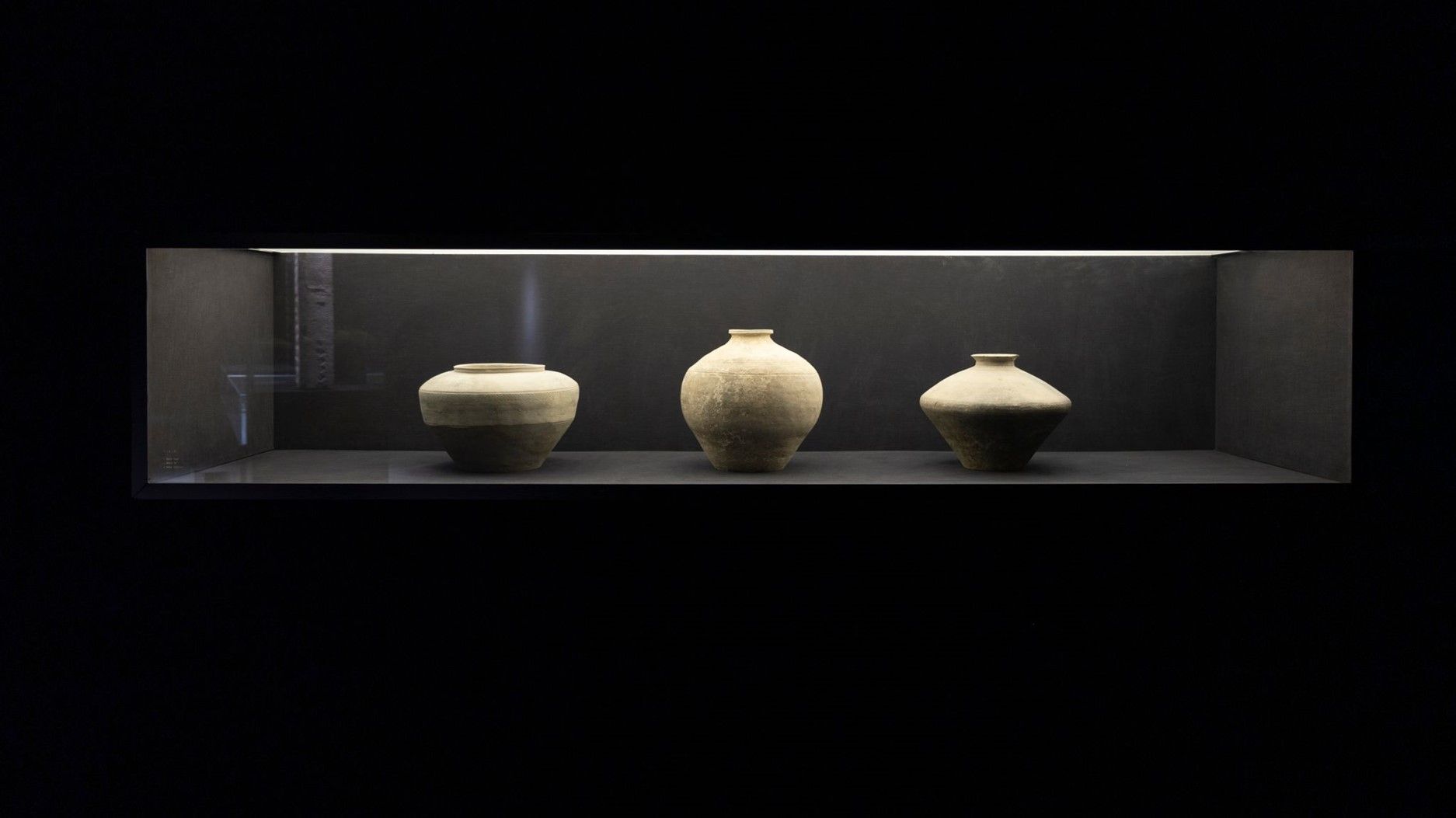
(Fig. 9) Pottery Jar, Qin Dynasty
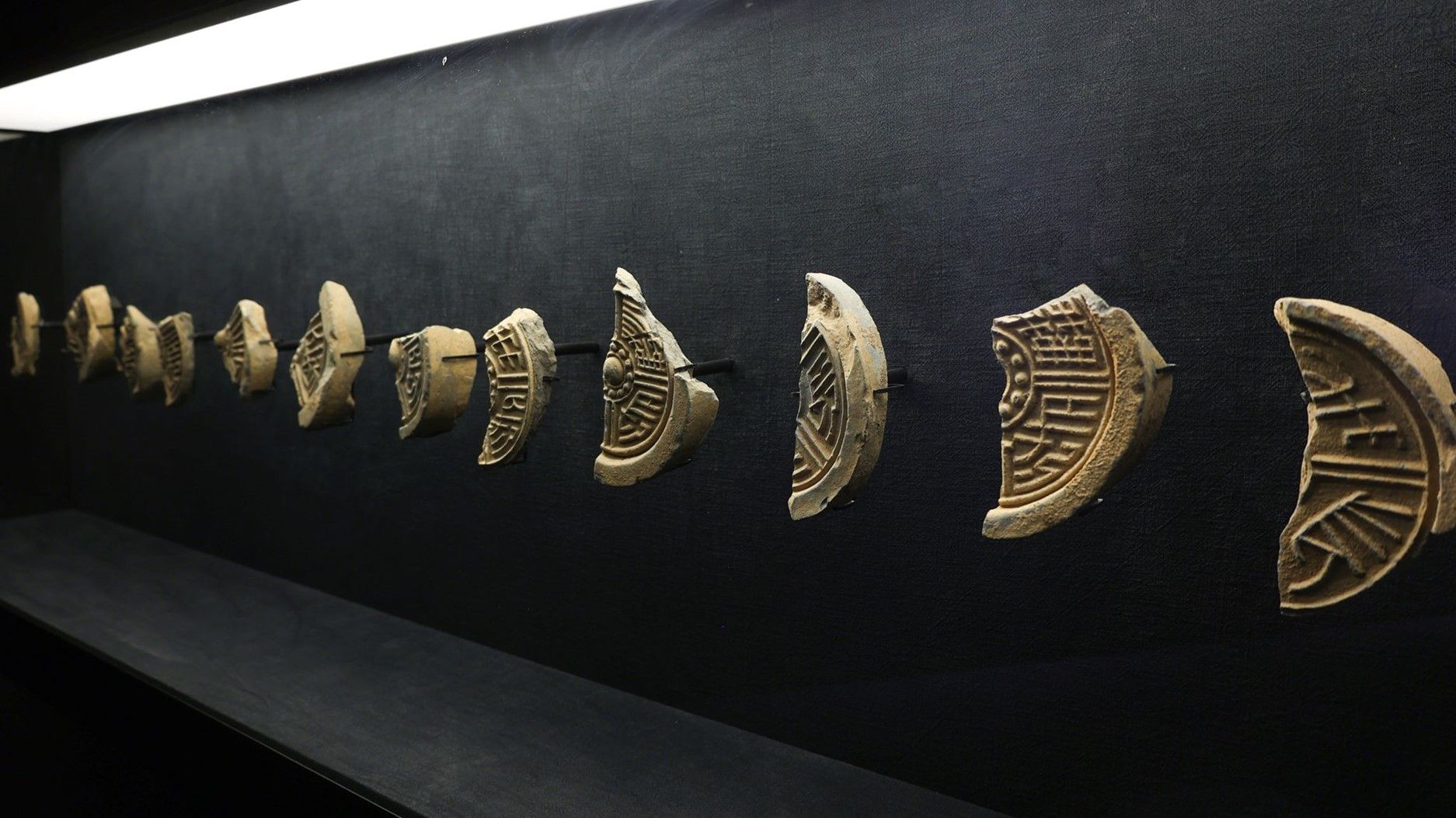
(Fig. 10) "Chang" Character Eave Tile Fragments, Han Dynasty
Although there was no clear definition of the concept of design in ancient China, the viewpoint of "interconnected craftsmanship" had existed for a long time. The Rites of Zhou·Winter Offices·Record of Trades (Zhou Li·Dongguan·Kao Gong Ji) put forward that "heaven has its seasons of cold and warmth, the earth possesses qualities of rigidity and flexibility, materials come in various grades of excellence, and craftsmanship varies in intricacy. By integrating these four aspects, one can create exquisite artifacts." Based on the development of Chinese characters and the media, the China Pavilion of the Museum of Design presents the aesthetic spirit of Chinese design. Mr. Dang Sheng expects that "the museum can not only become a space-time corridor for reviewing history and paying tribute to classics, but also a creative space for observing, learning and inspiring."
02
Linking Local Resources to Explore the Aesthetic Value of Chinese Characters in Contemporary Context
Xi'an is one of the important birthplaces of Chinese civilization and an indispensable source of Chinese characters. The Cangjie Zaozitai Ruins in Chang'an carry the legend of Cangjie creating Chinese characters; the Stele Forest (Beilin Museum), with its stone calligraphy, serves as a grand hall for the art of calligraphy... Chinese characters have grown and spread from this thousand-year-thick land, becoming the cultural gene of the Chinese nation. All these make Xi'an have a unique and inseparable relationship with Chinese characters. As a visual element, Chinese characters have unique vitality and extraordinary aesthetic feeling in their external form, which makes them an important branch in the field of visual art design. The establishment of the China Pavilion of the Museum of Design provides important carrier support and richer expressions for Xi'an Eurasia University to inherit and promote the cultural innovation of Chinese characters and explore the diversified growth of Chinese characters in current life.
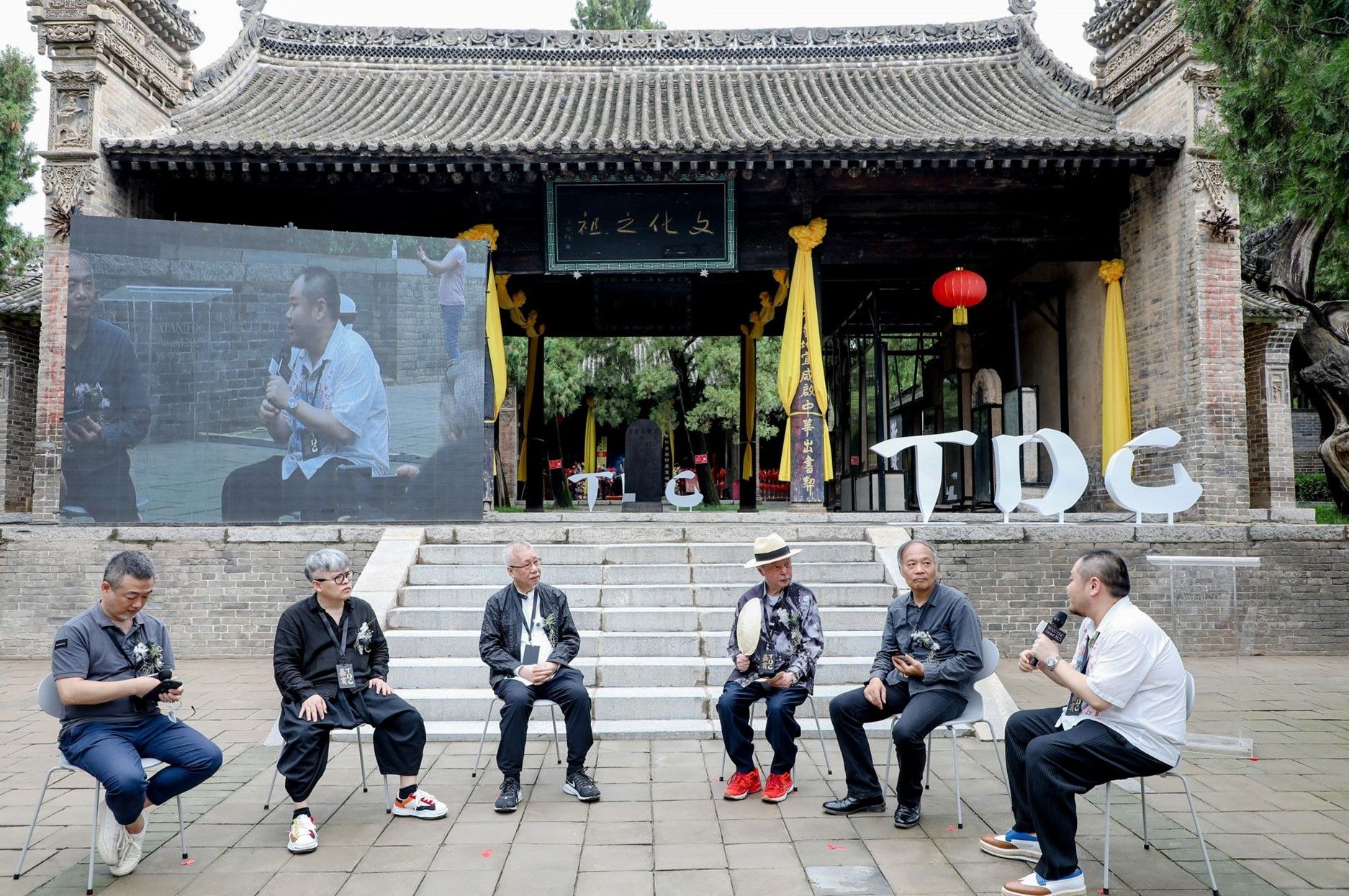
(Fig. 11) The Opening Ceremony of the Chinese Character Design Award of Xi'an TDC Award 2023 in July 2023. On-site guests had a salon dialogue on topics such as "Chinese characters", "design" and "the relationship between AIGC (Artificial Intelligence Generated Content) and design", jointly exploring new ideas and paths for the inheritance and development of Chinese character design.

(Fig. 12) The Award Ceremony of the Chinese Character Design Award of Xi'an TDC Award 2023 in January 2024. Professor Hu Jianbo, Chairman of Xi'an Eurasia University (first from left), and Mr. Song Qun, "Local" Founder (first from right) presented awards to the winners in the "Thematic Chinese Characters" category of XI'AN TDC Award 2023. Xi'an Eurasia University won the Special Award and Award for Contribution to Chinese Character Culture of XI'AN TDC 2023.
In July 2023, the XI'AN TDC Award 2023 Chinese Character Design Award was initiated by Xi'an Graphic Design Association and co-organized by Xi'an Eurasia University in Cangjie Temple, Baishui County, Shaanxi Province, the hometown of Cangjie, who is the ancestor of Chinese characters. With "the world of Chinese characters" as its theme, it strives to explore the aesthetic value of Chinese characters in the contemporary cultural context, with a view to seeing the new vitality endowed to them from different national, regional, and cultural perspectives. In the end, 9 participants won a global track award with the motto of Xi'an Eurasia University "Pluralitas in unitatem" as their creation theme. Their creativity interpreted the more diverse spiritual and cultural core of "Pluralitas in unitatem".
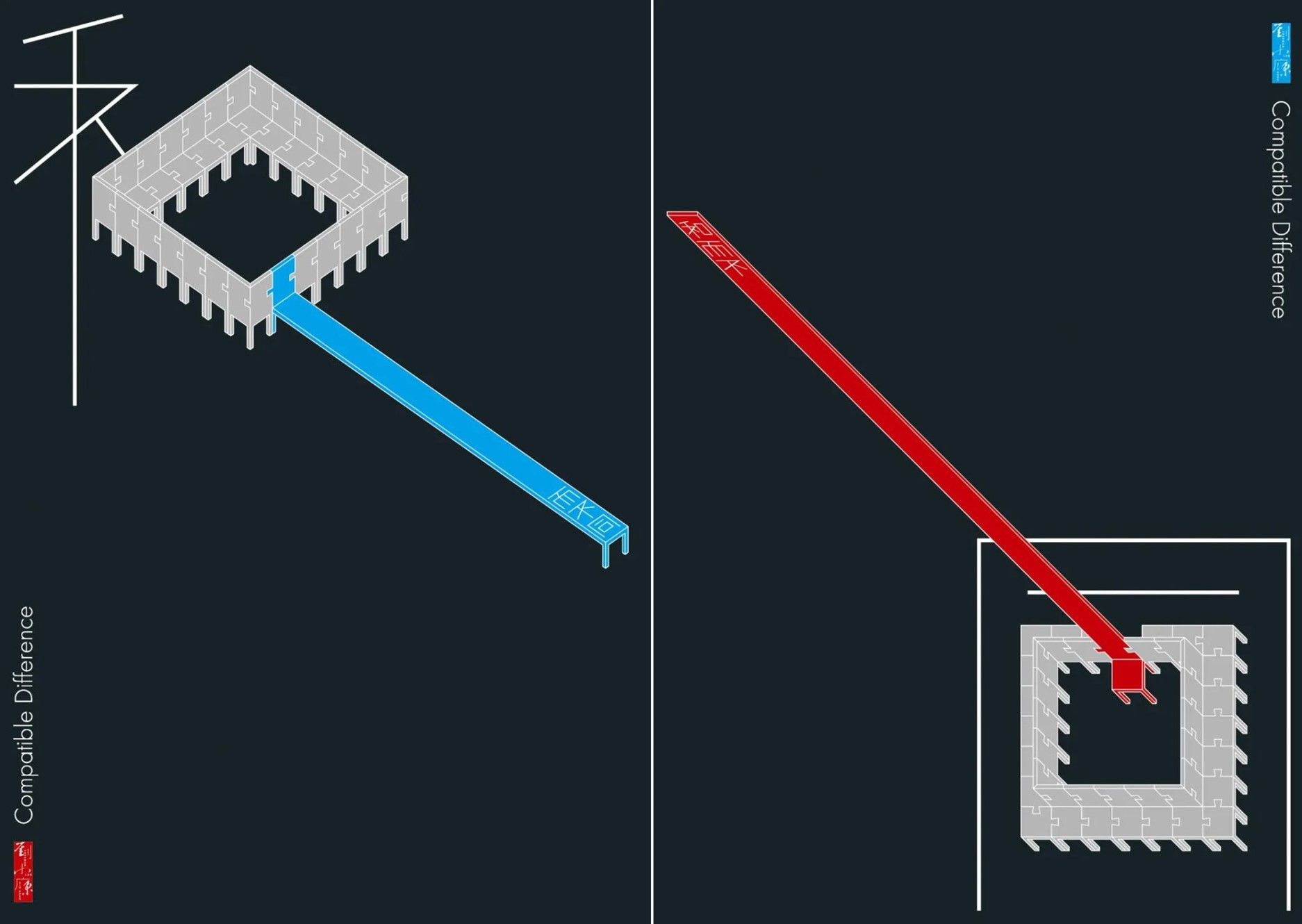
(Fig. 13) The Work Pluralitas in unitatem, Author | Liu Xiaokang
In recent years, the Museum of Design has also been linked with local cultural resources in the city to popularize the history of Chinese design and show the lively ecology of contemporary Chinese design. In November 2023, the Museum of Design held a special exhibition titled Miraculous Effects-Chinese Modern Commercial Advertising Design Art in "The Young Companion". The advertisement in the Young Companion pictorial collected by Mr. Gao Xiaolong traces back to the life scenes filled with strong Shanghai-style spirit a hundred years ago, bringing new reference and inspiration to current font design and artistic creation.
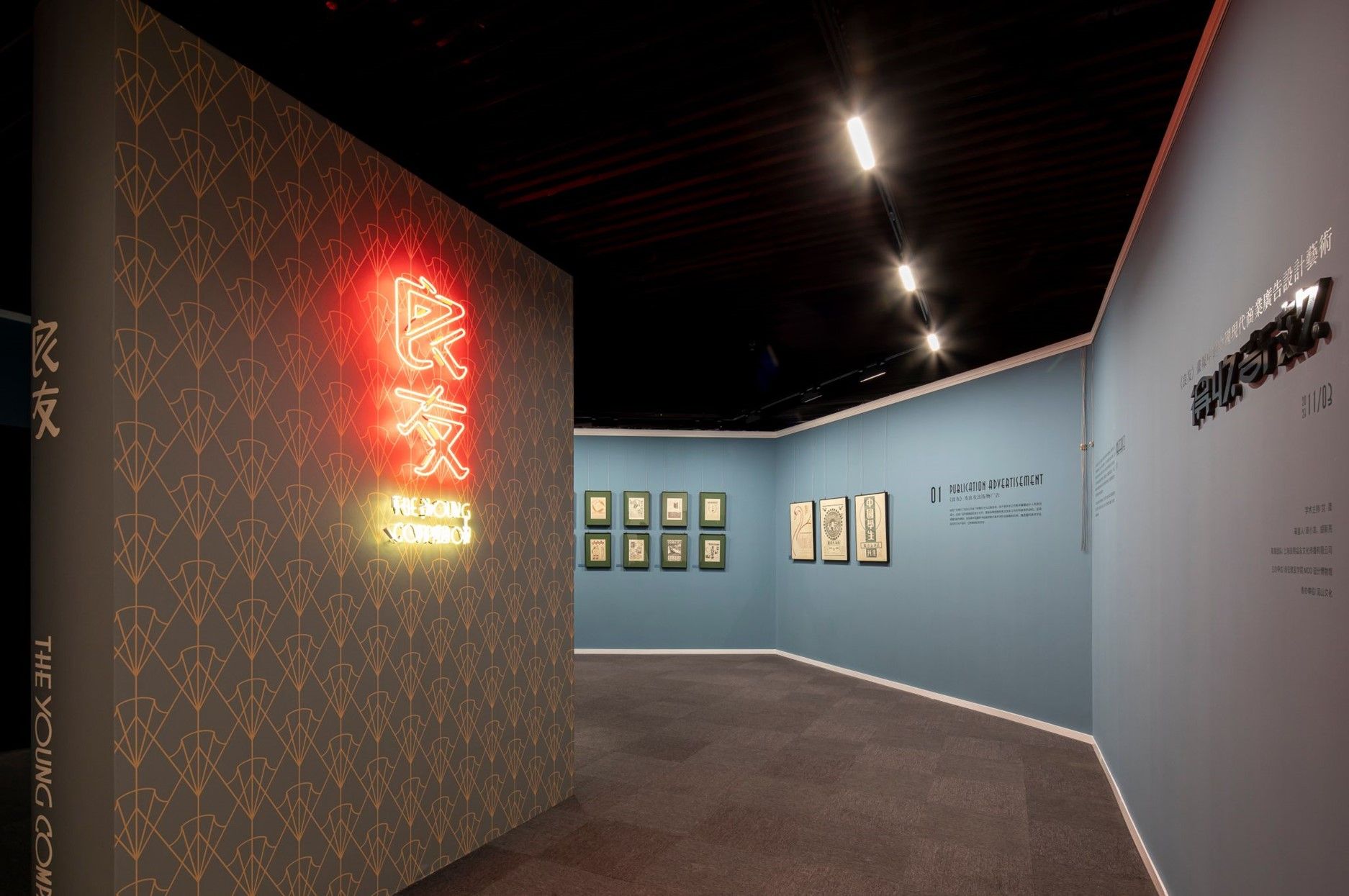
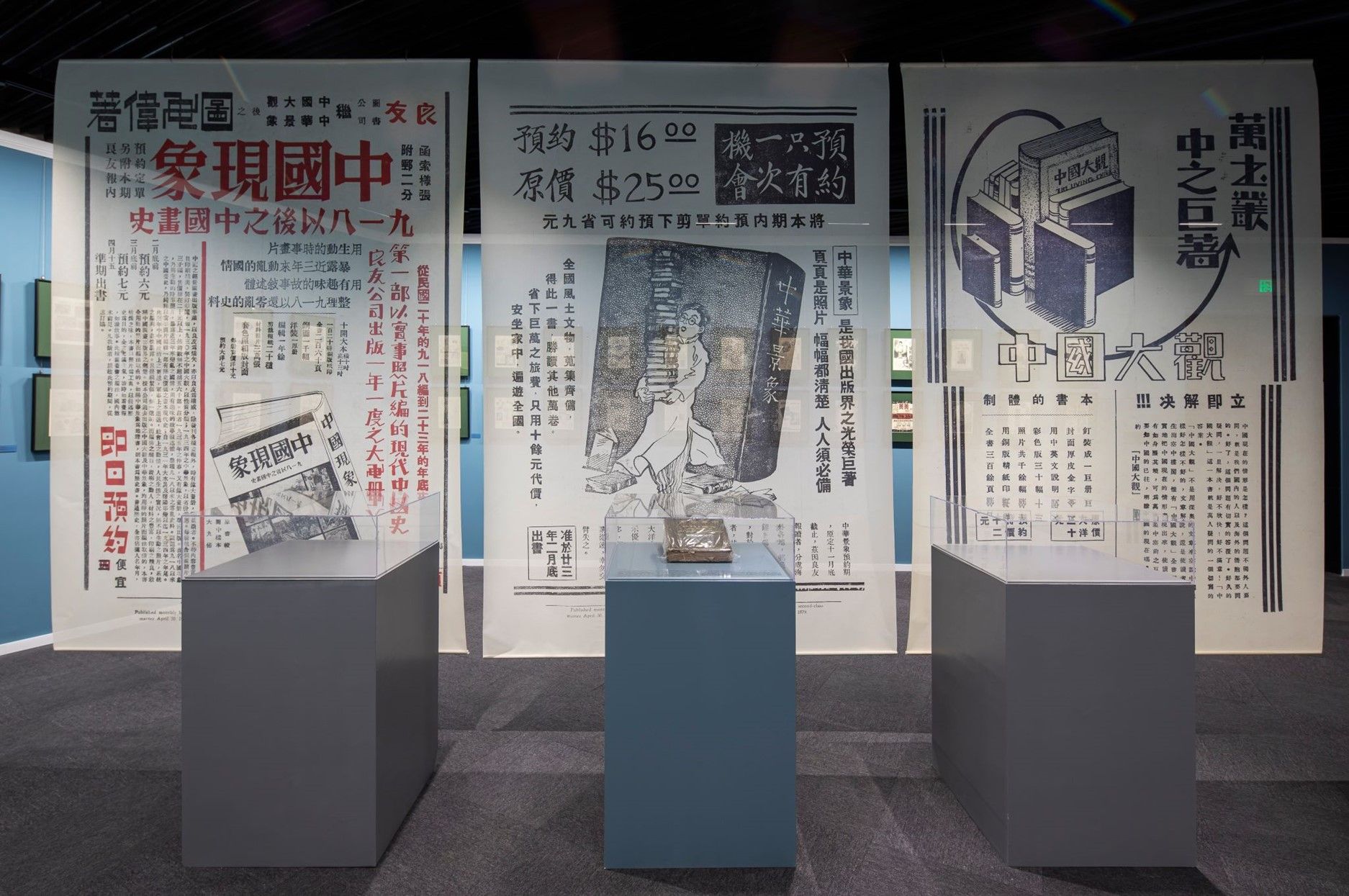
(Fig. 14 and 15) The Young Companion Pictorial Exhibition
The Young Companion is the first modern comprehensive pictorial in China, and also the earliest publishing media organization that began to use modern art calligraphy. In the era without computers, the designers created commercial art between business and art with hand-painted advertisements and hand-drawn calligraphy.
The Young Companion pictorial contains a large number of modern art calligraphy with rich types, which also attracted Mr. Dang Sheng's attention. "It has a close relationship with the ancient book fonts in the China Pavilion of the Museum of Design, especially those engraved and printed after the Song and Yuan dynasties. At the same time, there are bold innovations, such as deconstructing Chinese characters or replacing their linear strokes with geometric forms, which have been influenced to some extent by the United Kingdom from the Victorian Age to Art Nouveau, and the Art Deco style schools." The images, layouts and visual effects presented in these advertising works convey the aesthetic taste and artistic ideas of people at that time, as well as the spirit of bold exploration, enthusiasm and vitality of pursuing innovation of modern design pioneers.
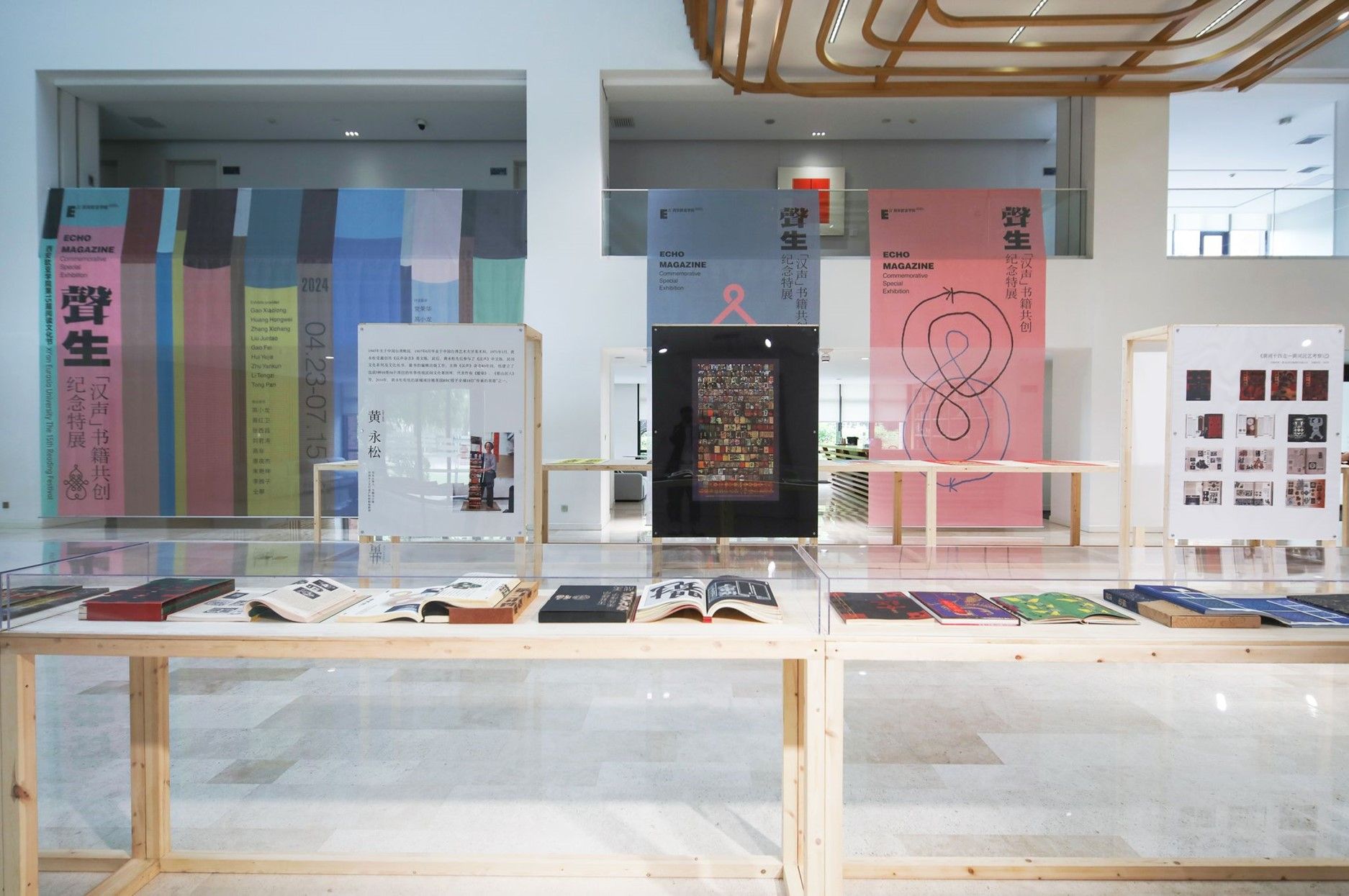
(Fig. 16) Echo Magazine Commemorative Special Exhibition on Book Co-creation
In April 2024, Xi'an Eurasia University also joined hands with 9 collectors to present a commemorative special exhibition on book co-creation of the Echo magazine, and more than 50 books from the magazine Echo were unfolded in the hall of the Administrative Center, paying tribute to the outstanding contribution made by the magazine to Chinese folk culture. Among them, we can not only see the display of the Elegance of Hanzi album, but also the in-depth exploration of design thinking on the cover font and content of each issue.
"I hope that in the process of visiting the exhibition and communicating with experts and scholars, you can find out the attitude and determination as artistic designers and cultural workers. That is to say, the most important way for art is not to conform to the crowd, but to seek self-love and pursue a life of being willing to learn, spread and try." Hu Jianbo, Chairman of Xi'an Eurasia University, delivered a speech at the opening ceremony of the commemorative special exhibition on book co-creation of the Echo magazine. He also hoped that young teachers, students and enthusiasts majoring in art and design would become conscious cultural communicators in the future and be proud of local culture.
Taking the Museum of Design as the starting point, Xi'an Eurasia University has linked more local creative forces to explore innovative thinking about design from the perspective of education and discover the richer connotation of excellent traditional Chinese culture.
03
Carrying out Public Education to Open a Vivid Classroom for the Public
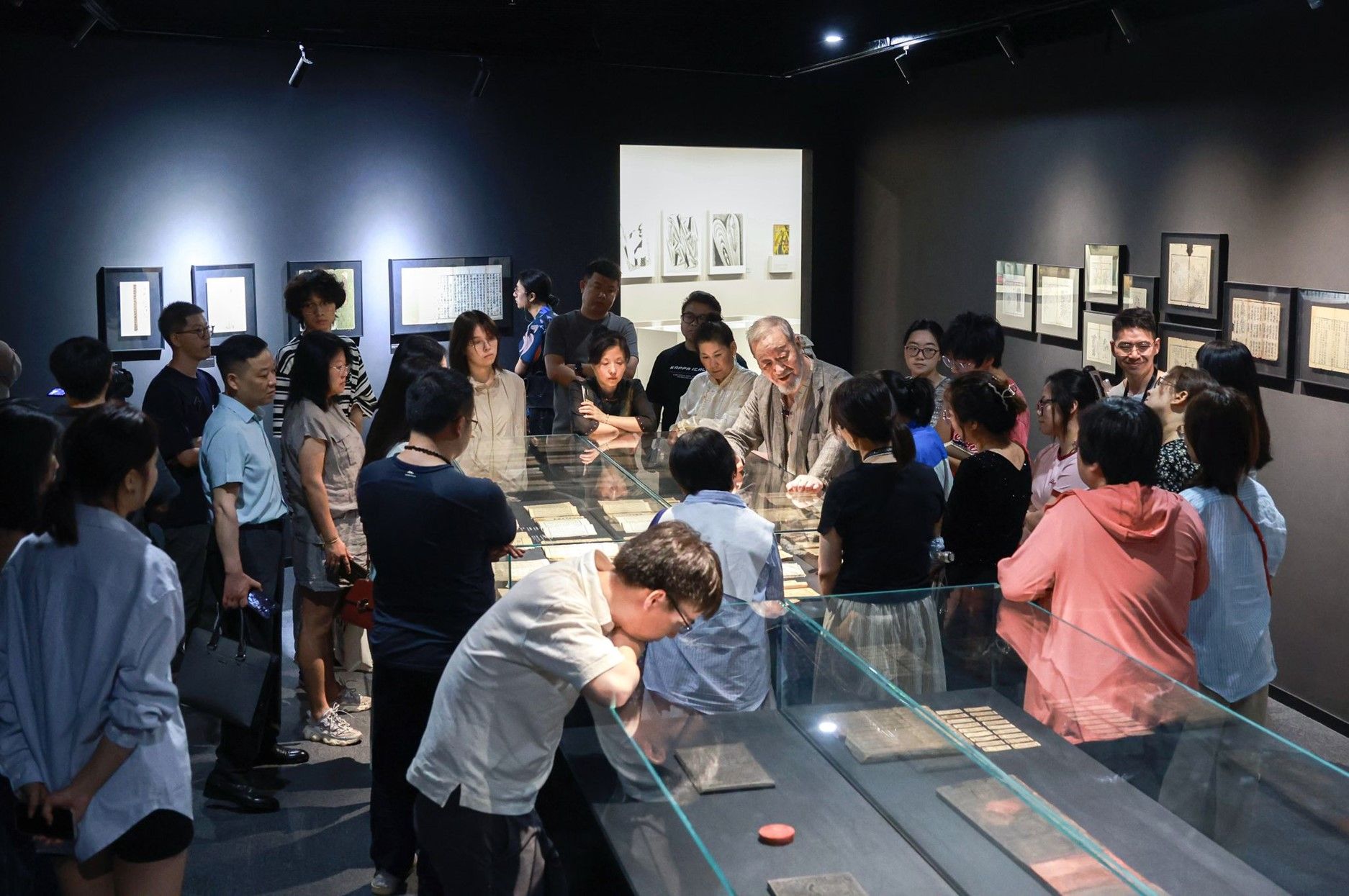
(Fig. 17) Mr. Dang Sheng talks about the history of printing to students in the workshop at the Museum of Design
"It is precisely in the footprints of our predecessors that our society can develop like this today. The invention of papermaking and printing is indeed a major contribution made by Chinese people to world civilization." On May 17, more than 20 teachers, and students of Xi'an Eurasia University and citizens stopped in the roll print exhibition of Tang and Song dynasties to listen to Mr. Dang Sheng's introduction to the history and development process of printing at the China Pavilion of the Museum of Design. At this moment, through the ancient and robust characters and the simple yet exquisite illustrations, the aesthetic meanings conveyed between the character and paper are fully revealed.
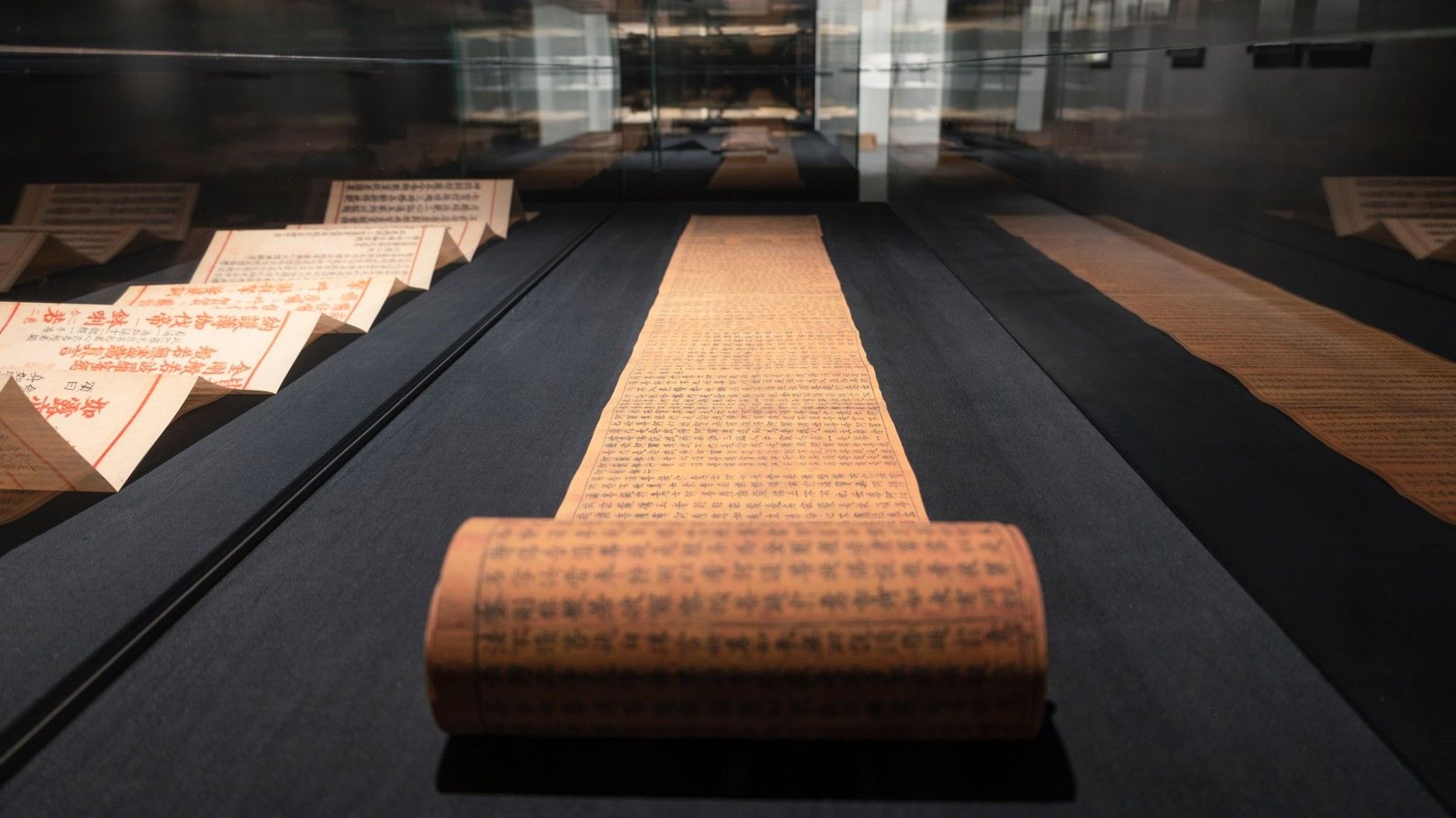
(Fig. 18) Woodblock-Printed Version of the Diamond Sutra in the Tang Dynasty (Replica)
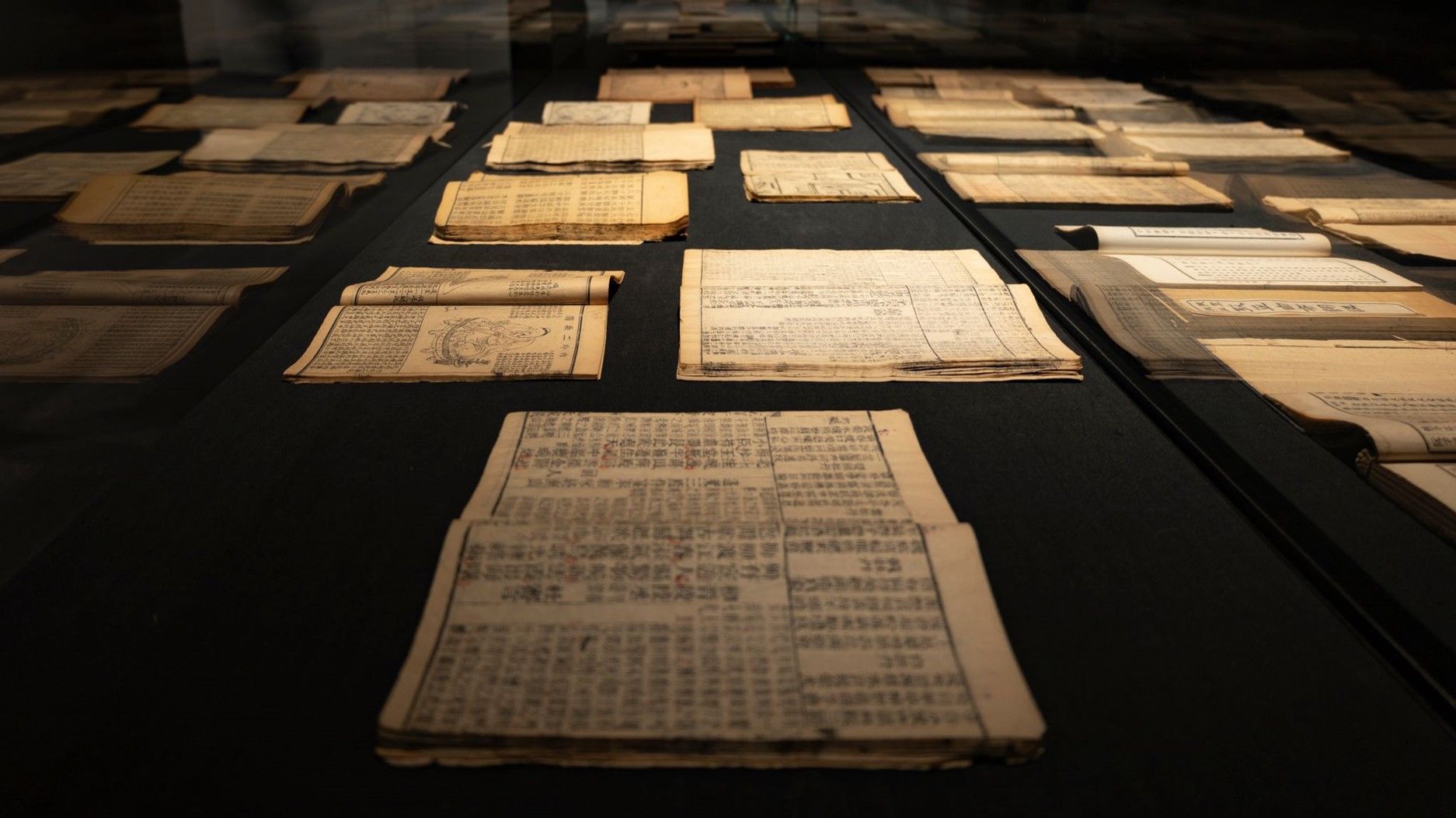
(Fig. 19) Edition of Ancient Books
At the experience workshop on ancient paper-making and printing held by the Museum of Design, participants understood the history of Chinese printing. Under the guidance of Wei Liming, the practice tutor and representative inheritor of the intangible cultural heritage of China's metal movable-type printing, they also learned ancient paper-making skills and made unique and ingenious handmade flower paper, which showed their warmth to traditional Chinese characters and paper culture with in-person experience.
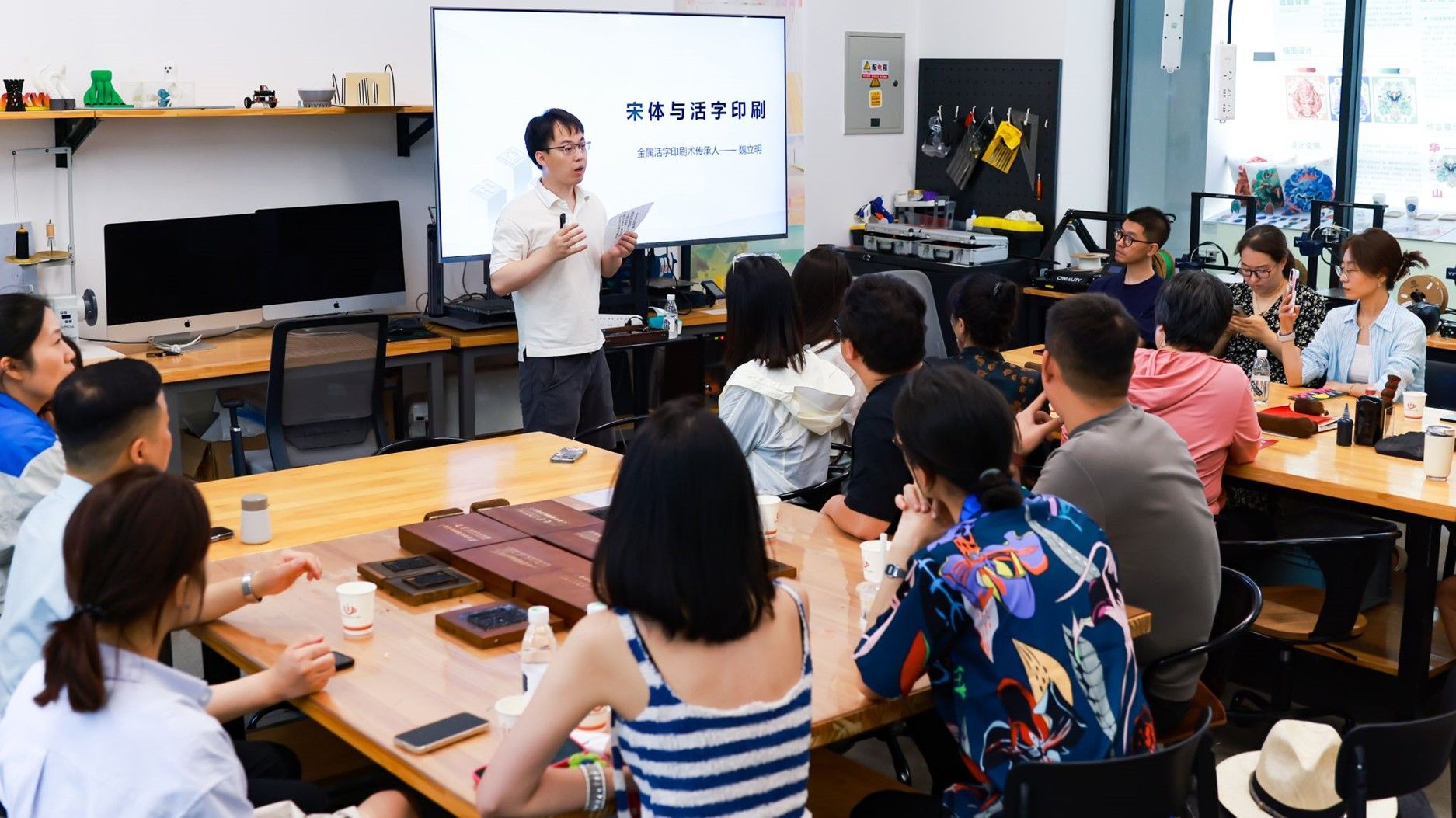
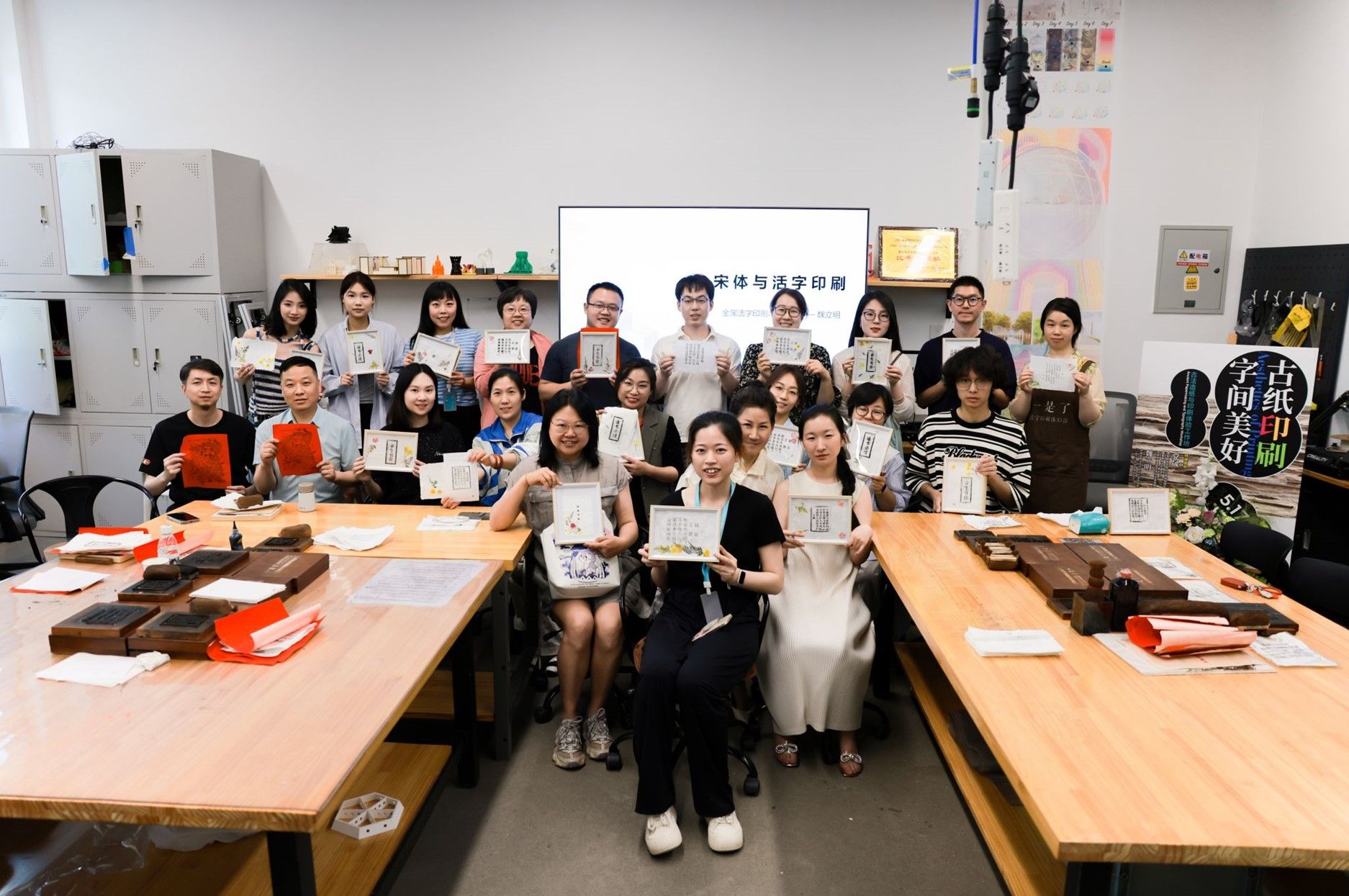
(Fig. 20 and 21) Experience Workshop of Ancient Papermaking and Printing
With the exhibition unit of the China Pavilion of the Museum of Design as the background, this workshop course is an epitome of public education activities carried out by the Museum of Design in recent years around Western modern design and the cultural connotation of Chinese characters. The significance of the Museum of Design to the public is not only "visiting the site and seeing real objects", but also striving to explore the dialogue channel between the public and design. Through holding expert lectures, public education workshops and children's art courses on an irregular basis, more teachers, students and citizens can learn about artistic design knowledge, draw inspiration from creative expressions, and feel the application of beautiful design in life.
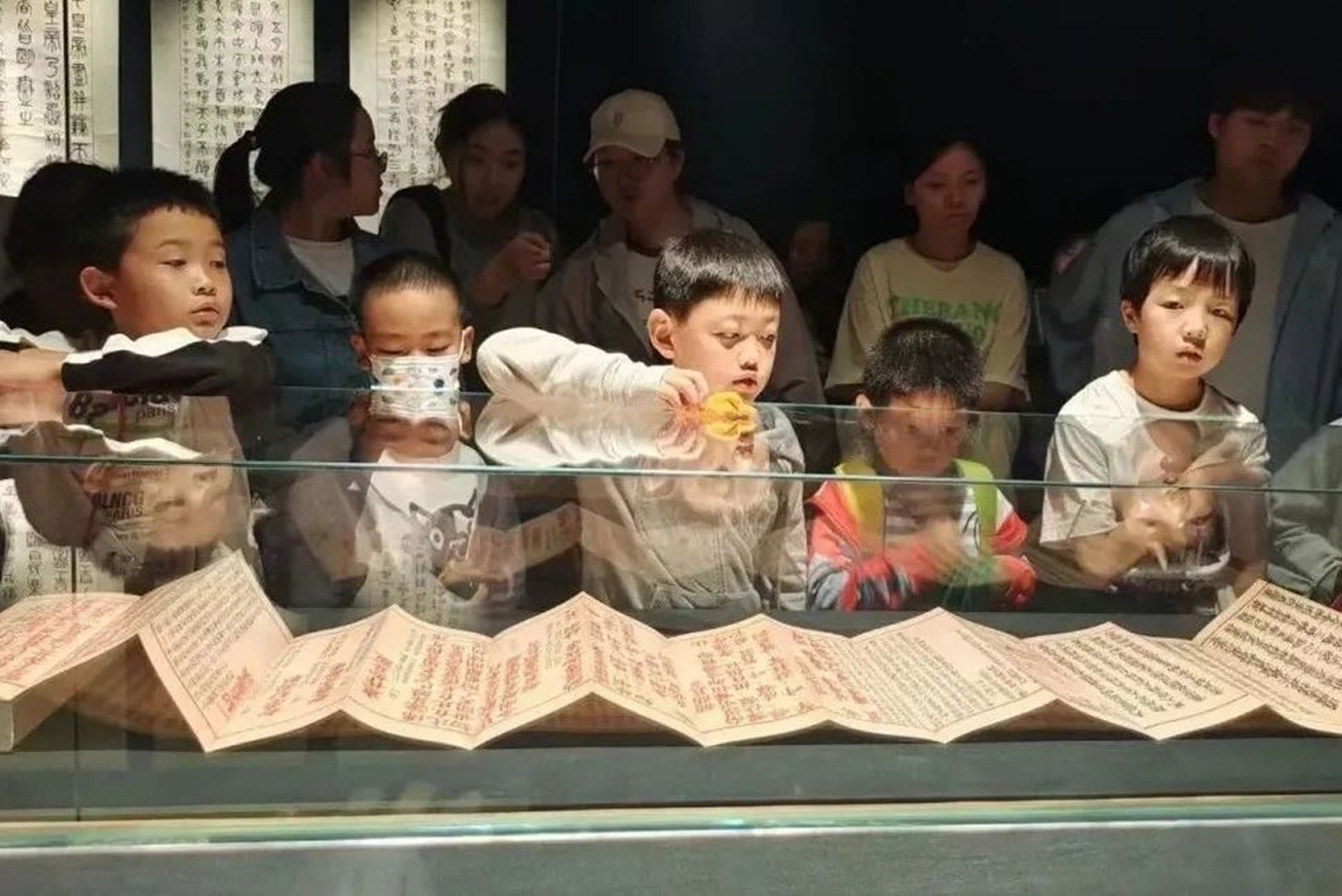
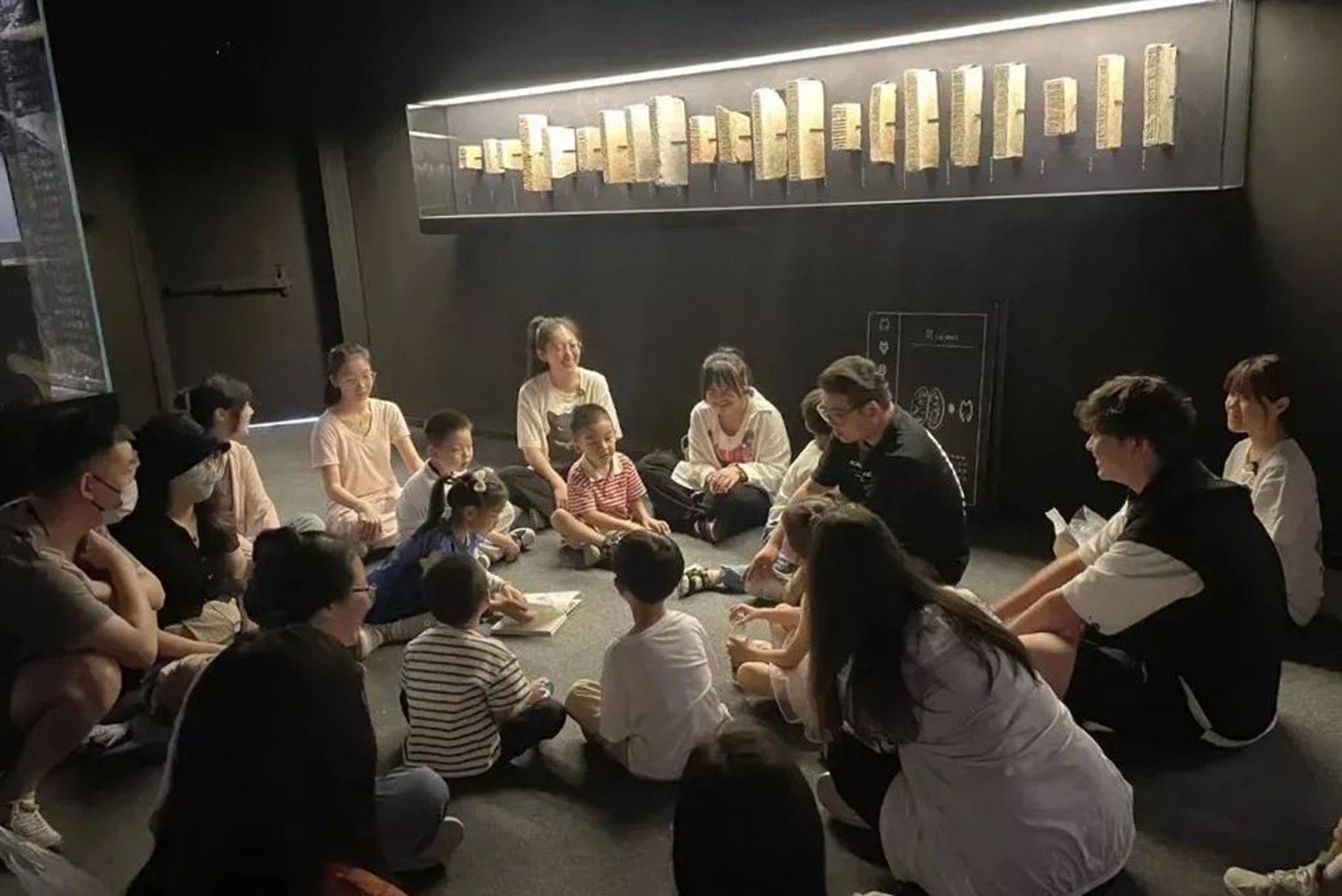
(Fig. 22 and 23) Children from the Children's Visual Art Experimental Class of the School of Humanities and Education study in the China Pavilion.
Since March 2021, the Children's Visual Art Experimental Class of the School of Humanities and Education in Xi'an Eurasia University has carried out a number of special courses around the Museum of Design, including the story of chairs, the evolution of Chinese characters, characters and images, "Kingdom of Plants" of William Morris, etc. In the theme class "Evolution of Chinese Characters" in June 2023, teachers carried out project practice from such links as "Evolution of Chinese Character Fonts", "Woodblock Printing, Movable-type Printing" and "Work Printing". Sitting around the ground at the Museum of Design, children and teachers used different materials and tools such as pottery clay, rice paper, pigments, clay board machines and pencils to learn about the evolution of the four Chinese characters "春夏秋冬" (which means spring, summer, autumn and winter). They printed children's artistic expression in different fonts on rice paper through movable-type printing, which inspired children to discover the natural interest of Chinese characters and feel and understand the core and essence of Chinese civilization. The "Design History" course of EAaD School also takes the Museum of Design as a second space for teaching, allowing students to face real collections and improve their professional theoretical literacy in an immersive environment.
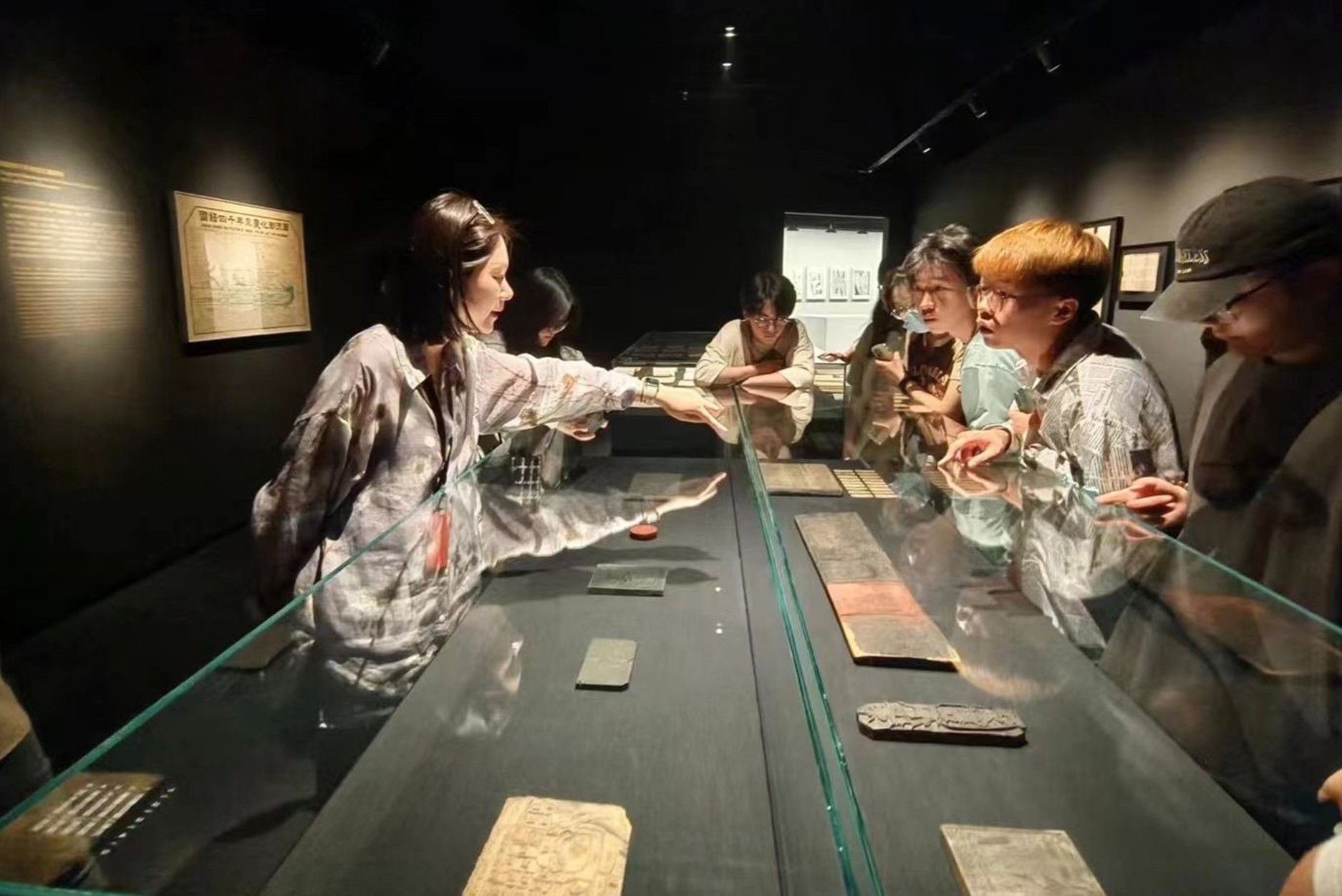
(Fig. 24) Students' Works of the "Design History" Course and "Design Practice" Project of EAaD School
Conclusion
The main element "M" of the poster for this year's International Museum Day symbolizes the diversified knowledge pedigree that museums impart to the world. The abstract composition metaphor is a vast amount of information stored in the museum, waiting for people to explore and share.
As a service-oriented institution for research, collection, protection, interpretation and display of design culture, the Museum of Design provides a perspective to observe the local design aesthetics at that time while displaying the "living" design in the East and West, and presents the colorful style of "design".
As Song Qun, an Artist and Local Founder of Xi'an Eurasia University, said, "Today's Museum of Design, Xi'an Eurasia University has a symbolic meaning that is almost a landmark. An increasing number of high-level exhibitions and outstanding young designers are gradually gathering at Xi'an Eurasia University because of the Museum of Design. This is the best education, subtly nurturing and influencing."
(By Li Xiaofei, Brand Communication Department)


